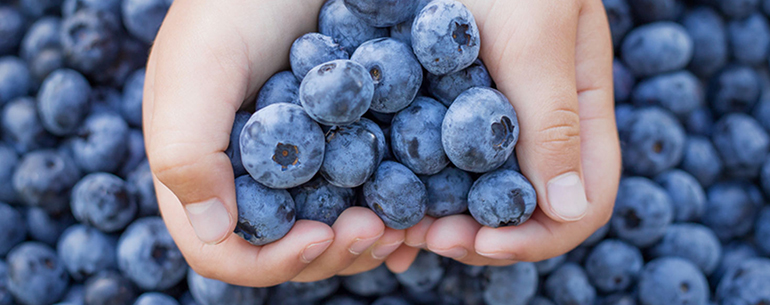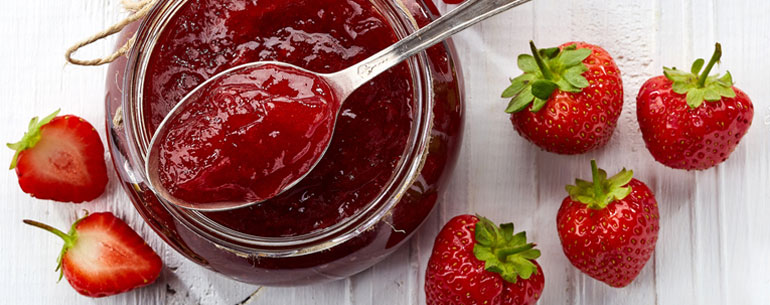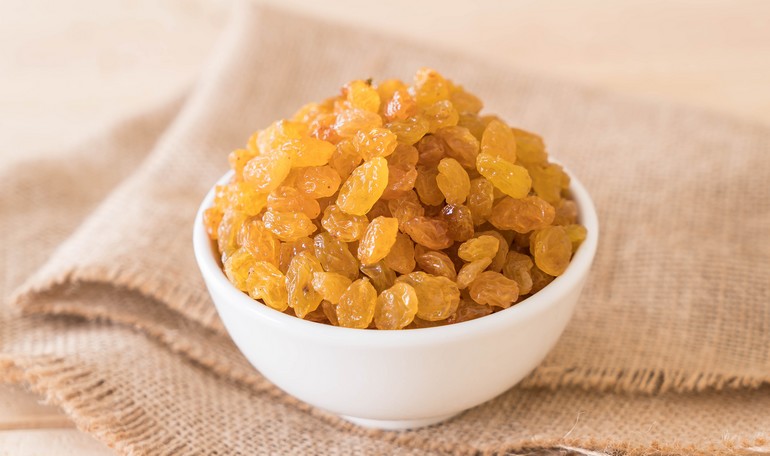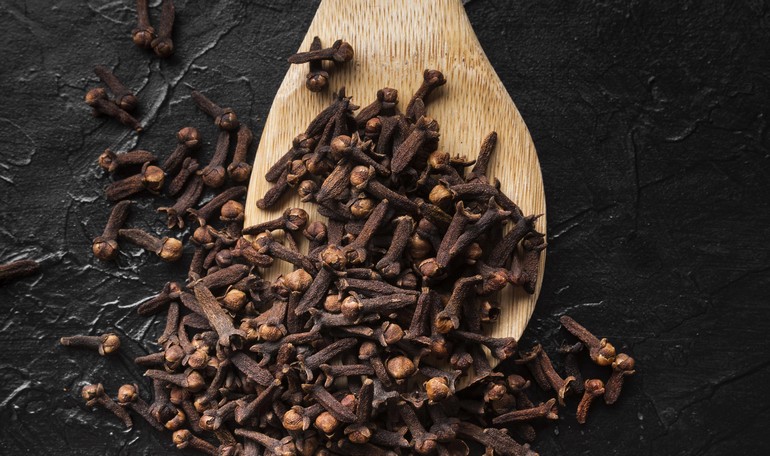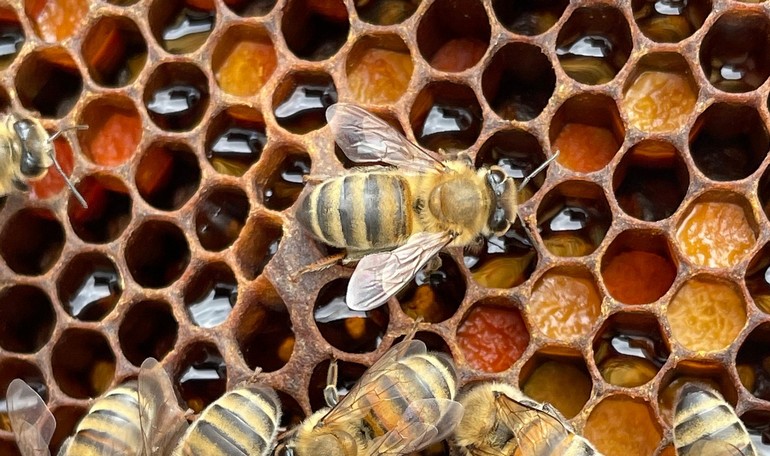The word from the nutritionist
Liquorice for passion!
Usually when you think about the liquorice the first thing in your mind is the candies, but, in reality, this aromatic root has different flavours, textures and shapes in various countries worldwide.
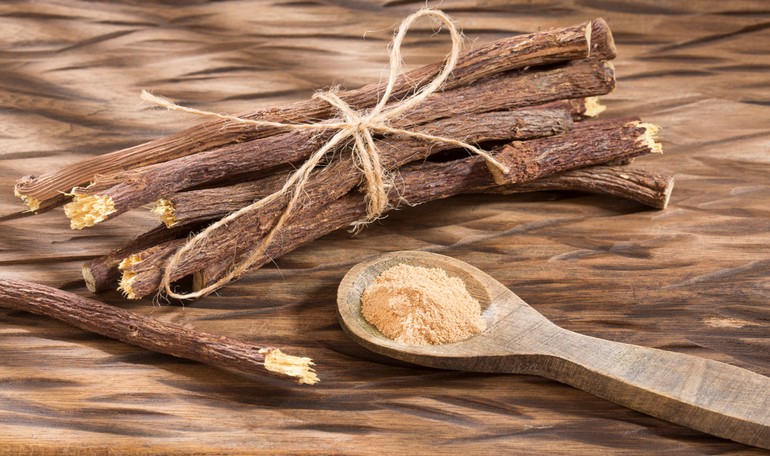
The Netherlands has the highest liquorice consumption: one Dutch eats an average of 2kg of liquorice in a month. In the North Europe the liquorice is salt, it comes from Finland where it is called “salmiakki” that means red-liquorice….that is without liquorice. The red liquorice is very appreciate also in the US, Australia, New Zealand, Canada, UK, Germany, Netherlands and in the middle of Europe. This kind of liquorice, that is without liquorice, is produced with wheat, sugar, corn syrup and natural and synthetic aromas (strawberry, cherry and raspberry).
The “liquirizia cru” is produced in Calabria, and it is the best kind of liquorice in the world, because its sweet-bitter taste is well balanced and it can used without additives and sweetners, while the liquorice produced in other countries is very bitter. In the Arabs countries, in Egypt and Syria in particular, is very famous the “erk-sous” a drink produced with this aromatic root, that has a sweet-bitter taste and it is refreshing. The Japanese don’t like the liquorice because has a taste too different from their traditional cuisine and for them it is only a curative product.
In effects, thanks to its glicirizina content, the liquorice has different properties, it is: digestive, anti-inflammatory, expectorant and lightly laxative. It is recommended against coughing, throat, catarrh and gastric acidity. Who suffer of low pressure can have benefit eating liquorice, but it is necessary pay attention because an excessive consumption can cause alteration of the electrolyte balance, with a reduction of potassium in the blood, water retention, decreases of the diuresis and, in the most serious cases, an alteration of the muscle contractility and the cardiac rhythm. Thanks to its soothing property it is used in the cosmetics sector for the production of lotions, bath foams, shampoo, creams, oils for massage and also toothpastes.
The dried roots are perfect to prepare infusion and tea, maybe with leaves of mint or fennel, or with spices as ginger or cinnamon. Today the liquorice is used in the high cuisine where the chefs research new flavours for their dishes.
Published 07 January 2019

